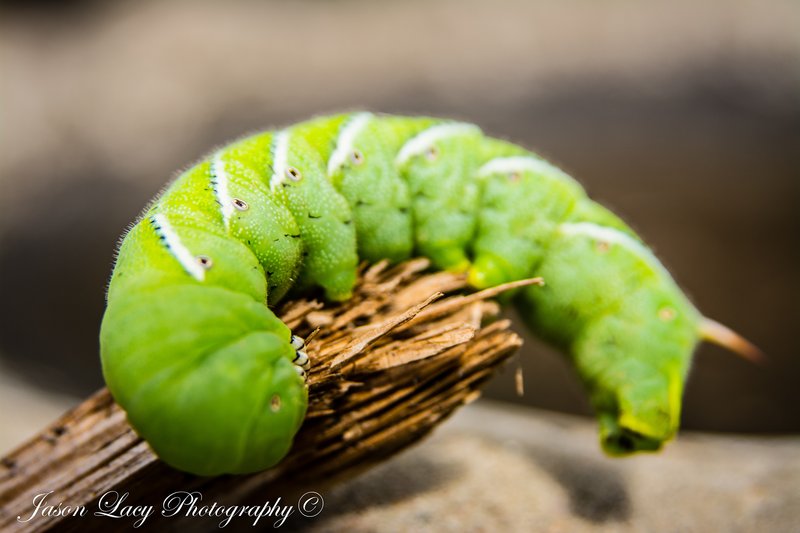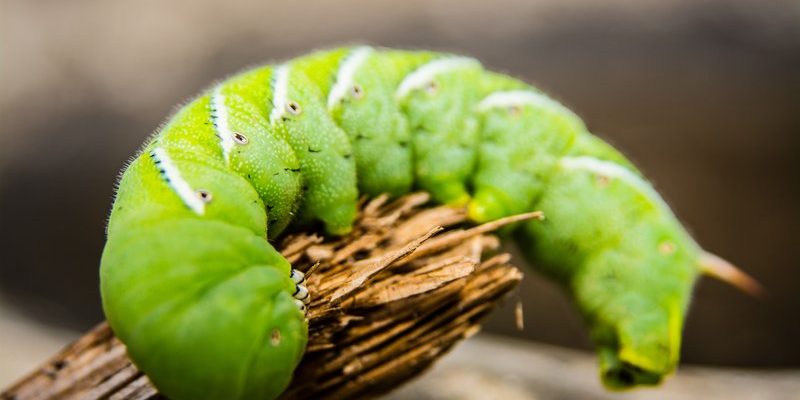
Hornworms, especially the famous tomato hornworm, are known for their insatiable appetite during their caterpillar stage. They belong to the Sphingidae family and are often the bane of gardeners everywhere. But understanding these creatures and their habits can help you manage them better. So, whether you’re a seasoned gardener or just curious about these munching machines, this article will give you a detailed look into hornworm behavior across the seasons.
Spring: The Awakening
As winter fades and spring emerges, hornworms begin their transformation from pupae. This is like waking up from a long hibernation, ready to greet the world. During this time, most caterpillars are just emerging, and they are on the hunt for fresh leaves to munch on.
In early spring, hornworms look for tender, new plant growth, particularly in gardens where tomatoes, peppers, and eggplants flourish. These veggies are like a buffet for hornworms, providing essential nutrients to fuel their rapid growth. You might find them hiding in plain sight—camouflaged against the plants they love. They’ll often munch through leaves, leaving behind ragged edges, which can be distressing for gardeners.
Another key behavior during spring is their **solitary nature**. Unlike some insects that band together, hornworms are more of the “me, myself, and I” type. This means that they can be quite difficult to spot until they’ve done considerable damage. So if your plants are looking a little too nibbled, it might be time to search for these hungry little critters.
Summer: The Feast
When summer rolls in, hornworms are at their peak. The warm weather and abundant plant growth create a perfect feeding frenzy. During this phase, hornworms can grow incredibly quickly, even putting on several inches in just a few weeks.
You might be wondering just how much they eat. In fact, a single hornworm can consume large amounts of foliage. Imagine finishing a buffet meal—this is what they’re doing every day! Their primary objective is to eat, grow, and prepare for their next stage of life. This can mean serious trouble for gardeners since they can devastate tomato plants in a matter of days.
In the heat of summer, hornworms start to exhibit some interesting behaviors. They’re more active, especially during the warmer parts of the day, and you might notice them moving around a lot as they search for food. This increased activity can make them a bit easier to spot, but their excellent camouflage still gives them an edge.
Fall: Changing Habits
As summer fades into fall, you’ll see some changes in hornworm behavior. With cooler temperatures and shorter days, these creatures know they need to prepare for their next phase. Rather than gorging themselves, they start to slow down.
In early fall, you might still find them chomping on the last of the available leaves. However, as the weather turns colder, hornworms begin to look for a safe place to **pupate**. This is their transition from caterpillar to moth, and they’ll seek out sheltered spots in the soil or under debris. It’s like preparing for a winter vacation; they’ll hunker down for a while, turning from green munchers into brown or gray moths.
Interestingly, during this time, their feeding habits change, too. They can become more selective about what they eat, focusing on healthier foliage that will sustain them through their pupation. So, if you notice fewer hornworms in your garden, it could be that they’ve found their cozy spots to turn into moths.
Winter: Hibernation
Ah, winter—the season of rest. During this time, hornworms enter a state of dormancy. They’ve gone from being the garden’s biggest pests to quiet little visitors hidden away in the ground. At this point, hornworms are in their pupal stage, wrapped tightly in a cocoon, usually below the frost line where they’re safe from the cold.
This hibernation phase is crucial for their development into adults. Inside their chrysalises, they’re undergoing major internal transformations. While it might seem like nothing’s happening on the surface, there’s a lot going on. They’re gearing up to emerge as moths when spring returns, ensuring the cycle continues.
If you’re a gardener, knowing about their winter habits can be beneficial. You can take steps to reduce their population before the next growing season. For example, by clearing out debris and ensuring your garden is tidy in fall, you can limit where hornworms hibernate.
So there you have it—a year in the life of hornworms! By understanding their seasonal behaviors, you can better protect your plants and manage their populations. Each season brings its own challenges and characteristics that tell a story about these fascinating creatures.
From their voracious feeding in summer to their quiet hibernation in winter, hornworms are remarkable in their adaptability. Just like any other part of nature, they play a vital role in the ecosystem. So the next time you spot one of these green munchers, remember, they’re just doing their thing, and with a bit of understanding, you can make gardening a little easier. Happy gardening!

